

WHITE PAPER
Multi-Location Pharmacy Procurement:
Automation and Insights for Success
Download the white paper
Complete this form to get the PDF version of our white paper.


This white paper explains why purchasing automation is crucial for multi-location pharmacies and provides examples of how automation drives cost savings and efficiency. It’s informed by SureCost’s experience partnering with thousands of pharmacies nationwide. It will also describe the difference that robust, flexible reporting makes for these pharmacies, outlining the data every pharmacy should have at their “fingertips” to stay competitive.
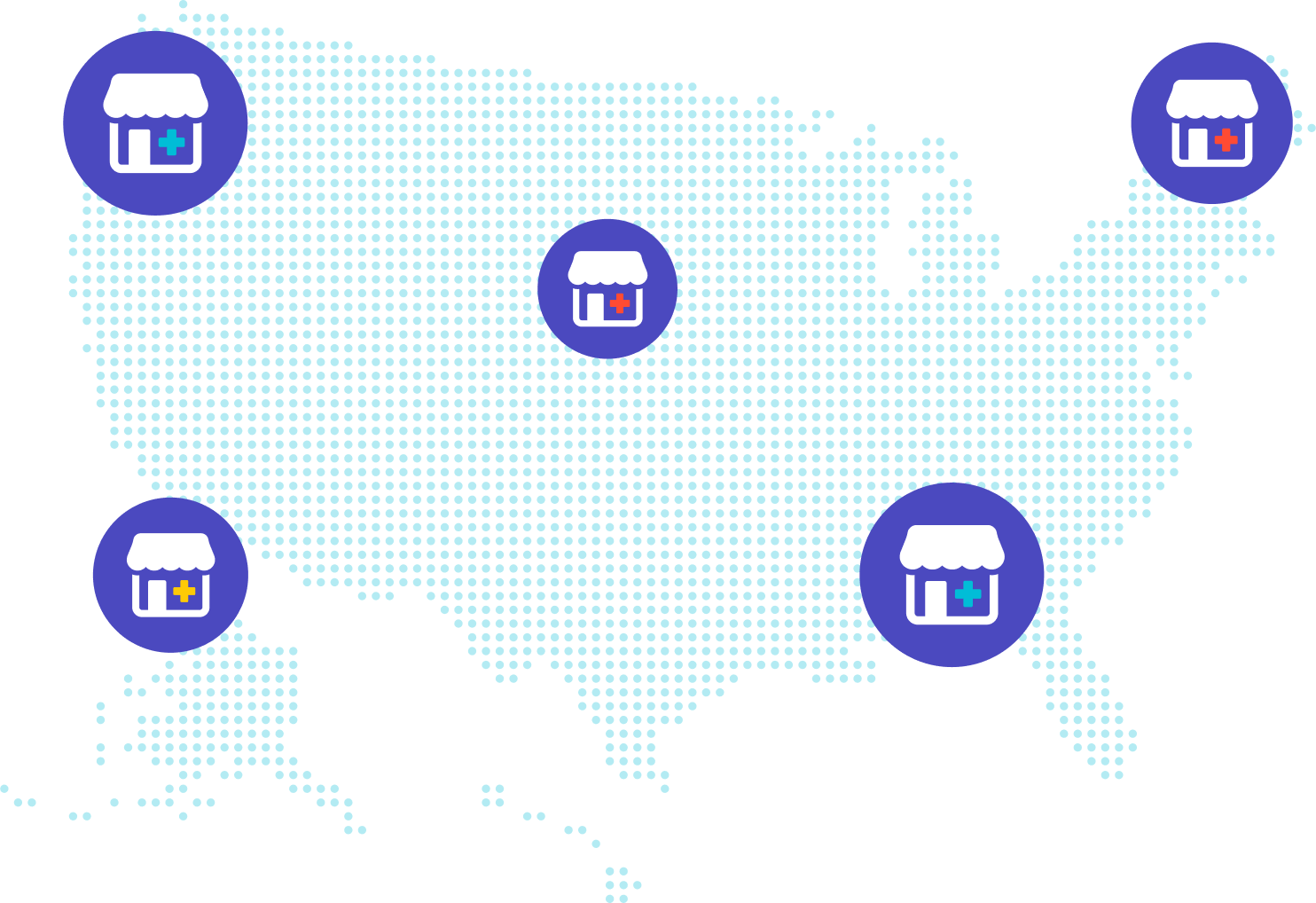

Procurement Challenges for Multi-Location Pharmacies
The more locations a pharmacy oversees, the more complicated its operations become. Managing pharmacy purchasing at a single site is already a complex and time-consuming process. Procurement workflows and consistent purchasing strategy are just a few things that become exponentially more challenging when managing multiple locations. In addition to the added complexity, needs and outcomes can vary widely between locations. However, leadership may lack the tools to assess the whole picture accurately.
That’s on top of an already difficult pharmacy purchasing ecosystem that obscures the best purchasing options behind multiple catalogs, websites, purchasing interfaces, product groups and other purchasing variables. That often leads to inconsistent vendor ordering practices between locations. With every location using a different method for shopping and ordering, maintaining a consistent purchasing strategy is nearly impossible.
Management often struggles to identify purchasing trends, find waste or discover new savings opportunities. That’s because they lack the global insight to treat their network of pharmacies as a unified entity. Limited visibility into the performance and compliance of each location also impacts primary vendor compliance, leading to penalties and damaged relationships.
It also leads to time-consuming, tedious tasks that waste time and burn out staff. Similarly, inefficient and outdated processes also multiply, and so do the negative impacts on teams.
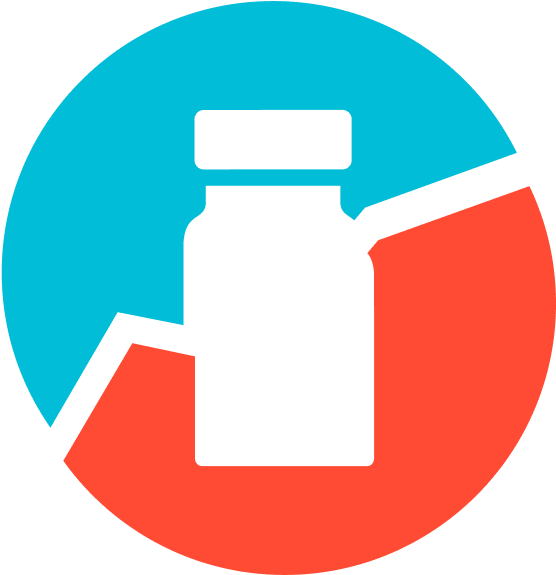

The more locations a pharmacy oversees, the more complicated its operations become.
The more manual processes teams are saddled with, the greater their chances of making manual errors.
Pharmacy inventory management also suffers. It’s harder to prevent unnecessary orders or catch out-of-stocks before it’s too late across multiple locations. Even if most locations maintain a lean, efficient inventory, a single location that orders excessively or fails to prevent spoilage makes a significant impact on the entire chain. These issues often come down to uncertainties like:


Automation
Procurement challenges multiply as the number of pharmacy locations increases, and so does the need for automation. That’s because the issues with manual processes and repetitive tasks mentioned are duplicated at each location. In other words, the more locations, the more automation needed.
Applying consistent purchasing rules across all sites drives efficiency and pharmacy cost savings while making teams’ jobs easier. For example, with unified pharmacy procurement software, leadership can implement automated “guardrails” that direct purchasing staff to the right products. Because the software analyzes the complete procurement picture across all pharmacies, management can determine the best options based on compliance, savings, reimbursement or multiple other factors.
The right pharmacy procurement software will also enable leadership to set parameters at the corporate level and down to each location/department. They also gain the flexibility to allow and track exceptions as needed. With the system ensuring that staff purchase the right items, team members won’t have to worry about their choices hindering the pharmacy’s overall strategy.
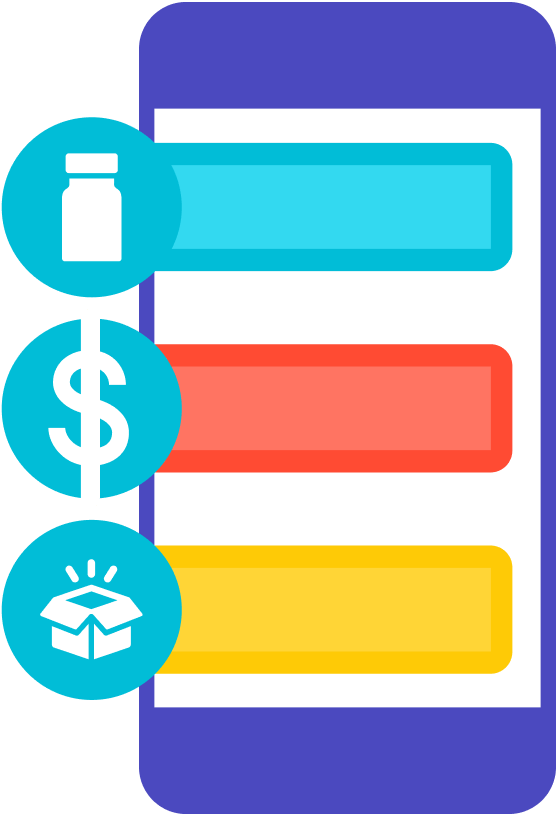
Automating purchase order submission allows teams to generate and submit a single purchase order for multiple vendors, streamlining the ordering process and reducing administrative overhead. Instead of comparing an array of catalogs, having to record various log-in credentials and tracking who bought what from whom and when, management ensures consistency across all locations by implementing a standardized process for submitting purchase orders. These measures reduce variability and potential errors, and they maintain consistent workflows from the corporate level down to each location. This improved pharmacy purchasing process can lead to significant cost savings.
Automated processes can also improve pharmacy compliance with vendor agreements and ensure accountability for vendors. Loading all contract and agreement terms into a pharmacy procurement solution enables automated monitoring of both purchases and received items.

Applying consistent purchasing rules across all sites drives efficiency and pharmacy cost savings.
Before submitting a purchase, the software analyzes the potential impact on compliance and whether adjusting the purchase can help the pharmacy reach higher rebate tiers.
Purchasers can also see if there are better options from other vendors that won’t affect compliance. At receiving, the system compares items against purchase orders and agreements, flagging deviations from contract terms to enable prompt corrective actions and maintain compliance.
Maintaining all agreements, catalogs and purchasing history with a unified platform centralizes contract management and simplifies purchasing oversight across all locations. Instead of waiting for vendor reports from each location, leadership can view and analyze compliance across their entire network in real time.
Pharmacy inventory automation helps ensure pharmacies keep the right amount of the products patients need in stock. A dynamic perpetual inventory updates in real time, so management and staff can always see exactly what’s on the shelves. In addition to displaying what’s available, pharmacy procurement software should also enable staff to schedule recurring orders for high-demand items tailored to their location’s specific needs. This is crucial for effective inventory management.
Beyond reordering—which is obtaining the item again—staff also need the capability for automatic replenishment: returning stock to its preferred amount on the shelf. In perpetual inventory, when you create a replenishment order, the system scans the inventory and automatically recommends items for purchase based on your preferences and preferred automatic replenishment method:
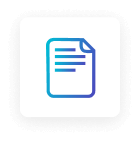
Days-of automated replenishment
Based on preset amount for a given period and strategic min/max values
Just-in-time automated replenishment
When on-hand quantities fall below a preset minimum
On-demand automated replenishment
If stock goes below zero (useful for high-cost or rarely used items)
All these measures point to inventory optimization, which involves maintaining optimal stock levels and reducing both out-of-stocks and overstocking. This is crucial for multi-location pharmacies that need to balance inventory across locations. Instead of spending money to replenish an area with low demand, leadership can transfer surplus stock from a location with higher demand. SureCost helps pharmacies repurpose existing inventory, reducing unnecessary spend and optimizing purchasing strategy
Reporting
Even if individual locations can share their own information, isolated data points cannot provide global insights at the corporate level, and leadership often doesn’t have the time or tools to painstakingly assemble each location’s data into a single view.
On the other hand, alongside automating and streamlining processes, a unified pharmacy procurement solution provides pharmacies with a single source for accurate, real-time data, enabling them to gather insights from the entire network.
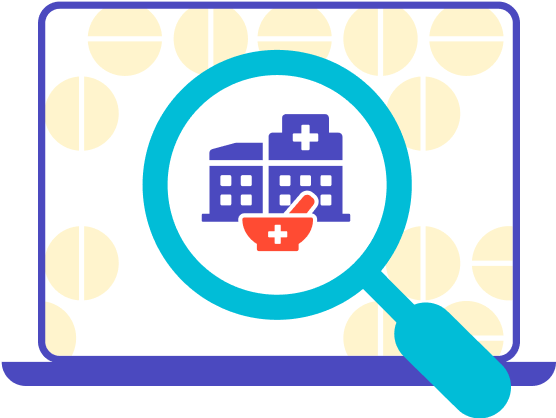

Pharmacy inventory automation helps ensure pharmacies keep the right amount of the products patients need in stock.
Robust yet flexible reporting capabilities transform data into actionable information. That requires a variety of both configurable reports and preset dashboards as well as clear data visualizations.
While every pharmacy’s needs and goals are different, sound reporting rests on the same principles:
Consolidation: one view of all locations and trade partners, synced to a single platform
Optimization: the capability to easily spot trends and derive recommendations to enhance performance (e.g., savings opportunities, higher purchasing tiers, etc.)
Autonomy: the pharmacy (not vendors or third parties) owns and can access the data and metrics it needs at any time
Flexibility: the pharmacy can easily conduct an in-depth analysis of a range of parameters in a variety of formats
Likewise, each pharmacy will rely on different reports. But SureCost has spoken to literally thousands of pharmacy professionals across the country. We’ve found that most, if not all, rely on the following types of reports to reach their strategic outcomes and stay competitive.
A vendor compliance report should identify substitution trends, track unfilled items and hold vendors accountable across all sites. Everyone makes honest mistakes, including vendors, but their mistakes cost pharmacies literally millions of dollars. SureCost’s Smarter Purchasing Report revealed that a single vendor’s invoicing error resulted in a pharmacy incurring nearly $2M in costs. The report outlines several similarly costly errors related to GPO compliance, the value of received goods and other vendor issues. These common errors directly impact overall pharmacy cost savings.
The Smarter Purchasing Report also revealed significant opportunities for savings by purchasing outside the top 200 most commonly purchased generic medications. Pharmacies often adhere to the “top 200” list to gauge demand, but one cohort of pharmacies saved over $255M by purchasing outside the list. That’s why savings reports can help pharmacies determine whether they’re maximizing contract pricing and opportunities from an expanded vendor portfolio.
Spoilage, unnecessary orders and other waste-related problems also result in substantial losses for pharmacies. However, a detailed purchasing overview consolidates data across locations to identify opportunities for waste reduction and overall purchasing patterns.
Unfortunately, inventory shrinkage “sneaks up on” too many pharmacies, which only begin to spot shrinkage when it’s too late. It’s a costly issue that sometimes points to concerning supply chain deviations. Inventory/order discrepancy reporting pinpoints inconsistencies between pharmacy inventory levels and ordering behaviors, helping leadership identify and address these issues early on and ultimately improve operational workflows.
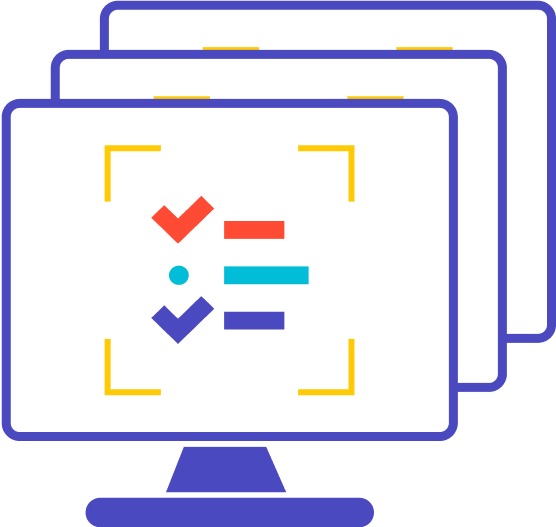

Over $255M saved by purchasing outside the top 200 most commonly purchased generic medications.
It can never replace teams, but automation enhances their work, leading to improved business outcomes and increased employee satisfaction.
Enhancing How Teams Work
Alongside the other benefits in terms of savings and efficiency, robust automation enables staff to focus on patient care and other high-value tasks (rather than logistics or monotonous manual work).
HAC Pharmacies provides a real-world example of a pharmacy driving measurable cost savings through automation and data visibility. The Oklahoma-based retail pharmacy served multiple communities, but it faced challenges due to a complex and opaque pharmacy purchasing ecosystem.
By consolidating location and vendor data and implementing sophisticated, easy-to-use reporting, HAC improved its decision-making, pharmacy inventory management and operational efficiency. It achieved measurable savings and reduced administrative overhead—all while allowing its staff to focus on what matters most: patient care. Read the full case study here.


